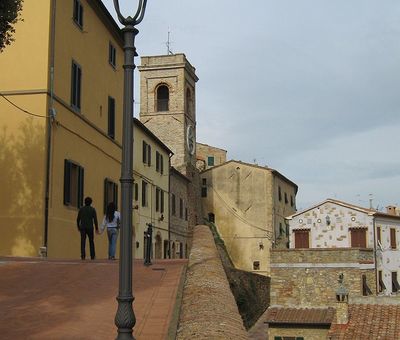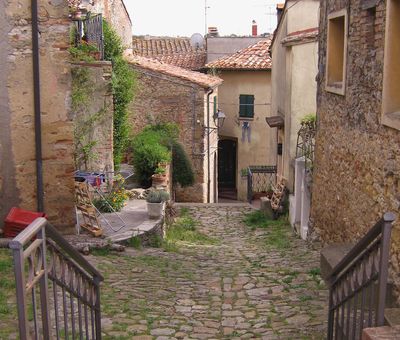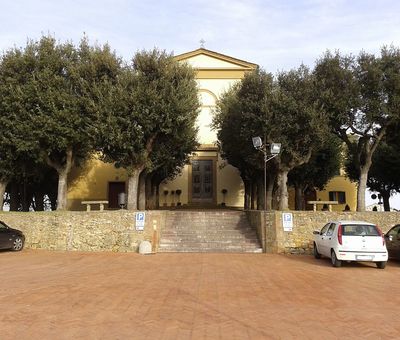The mountain of shields
The Lombards gave the name to this village as far back as the year 1000. The meaning and origin of Montescudaio is still discussed, but we like to give credit to the simpler and more obvious interpretation that is the “monte degli scudi” (mountain of shields). Sitting below is the Val Cecina and we are suspended between the land and the sea. On clear days, the islands of the Archipelago are perfectly visible. The only watchtower that remains is the Guardiola. The Middle Ages were the most important years in our history and we still have many traces left behind such as the palaces lived in by the noble families.
Wine, bread and oil
It’s most certainly a city of great flavors. Over time, Montescudaio has cultivated an interest and passion for high-quality organic products, creating and joining associations that promote the food and wine of the territory. Montescudaio was one of the founders of the Associazione nazionale Città del Vino (National Association of the City of Wine) and is also part of the Città del Pane (City of bread) and Città dell’Olio (City of oil) associations. Wine is without doubt the product that has given us the most satisfaction over the years. A DOC is produced here that includes the municipalities of the Val di Cecina. For over 50 years, the wine is celebrated annually during the first weekend of October with a dedicated festival. It’s the most anticipated event of the year when the whole village gets spruced up to host wine enthusiasts who can savour the local wine and the many typical products. A fireworks display completes the festivities.
Along the Via dei Pellegrini
Montescudaio is crossed by the Via dei Pellegrini, a path along which the historic abbey and the natural oasis of Scornabecchi meet. Antica Badia is an archaeological site where you can find a Benedictine monastery of which all evidence had originally been lost but was brought to light between 2005 and 2010. It was founded in 1091 by an exponent of the Della Gherardesca family and rediscovered in recent years thanks to five excavations carried out since the summer of 2005. It was at its most splendid between the 12th and 14th centuries. Contributing to its wealth were the contributions collected for burials and from the sums paid for prayers for the dead. The abbey was abandoned at the beginning of the 16th century when the entrance door of the monastery was permanently closed. However, the custom of burying the dead around the church of the Badia continued for a long time.







